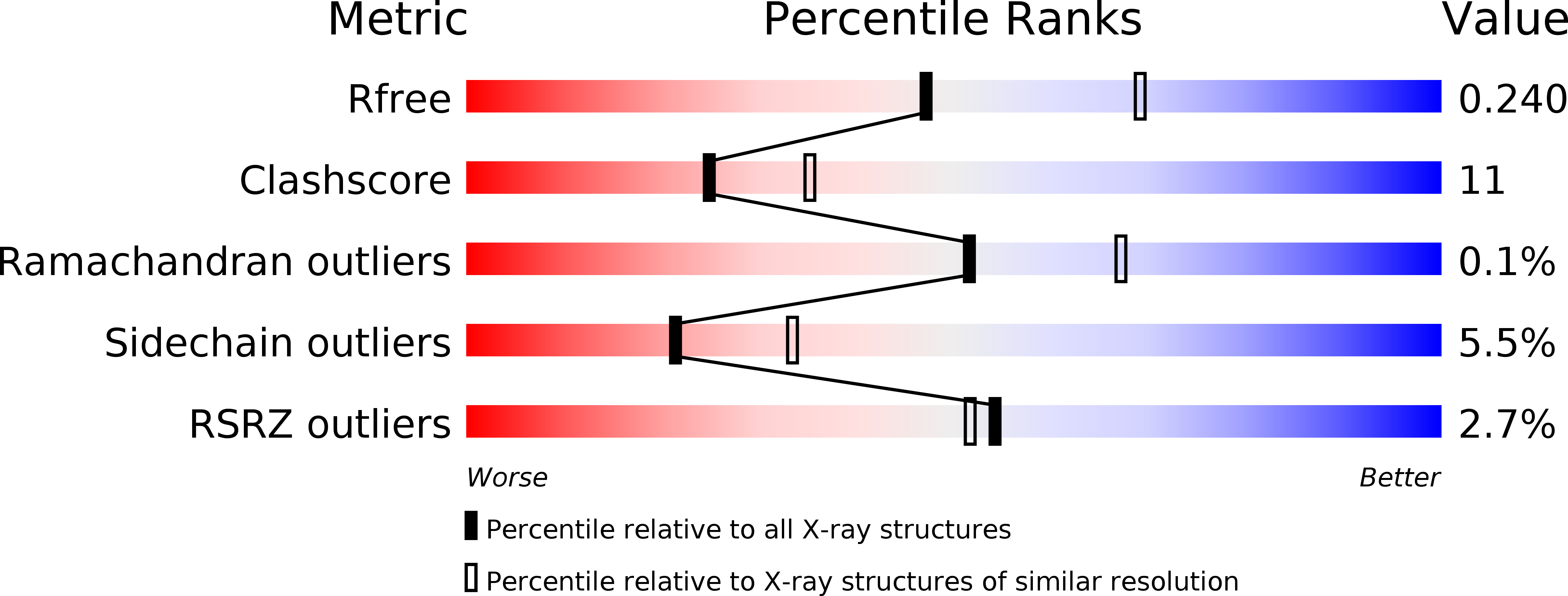
Deposition Date
2011-07-07
Release Date
2012-01-11
Last Version Date
2023-09-13
Method Details:
Experimental Method:
Resolution:
2.42 Å
R-Value Free:
0.25
R-Value Work:
0.19
R-Value Observed:
0.19
Space Group:
P 21 21 21


